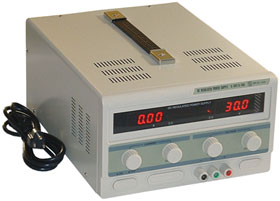Re: Nuts and bolts Restoration
I don't have any long term experence with the Eastwood blackening and Boeshield combo. I did notice without the Boeshield the parts began to rust almost instantly and the Boeshield seems to stop that. Here are a few images of some bolts that have been installed in my frame for a couple of months.


Below are a shot of some front caliper brackets that I plated with the Eastwood plating system today. There is some pitting I could have buffed out prior to plating. The key to making the plating come out half way decent is to use a power supply that has adjustable voltage/current, the battery setup that comes with the kit is a total joke. Also below is a shot of my plating setup, as you can see it's nothing fancy.


I don't have any long term experence with the Eastwood blackening and Boeshield combo. I did notice without the Boeshield the parts began to rust almost instantly and the Boeshield seems to stop that. Here are a few images of some bolts that have been installed in my frame for a couple of months.


Below are a shot of some front caliper brackets that I plated with the Eastwood plating system today. There is some pitting I could have buffed out prior to plating. The key to making the plating come out half way decent is to use a power supply that has adjustable voltage/current, the battery setup that comes with the kit is a total joke. Also below is a shot of my plating setup, as you can see it's nothing fancy.



Comment